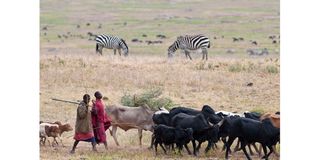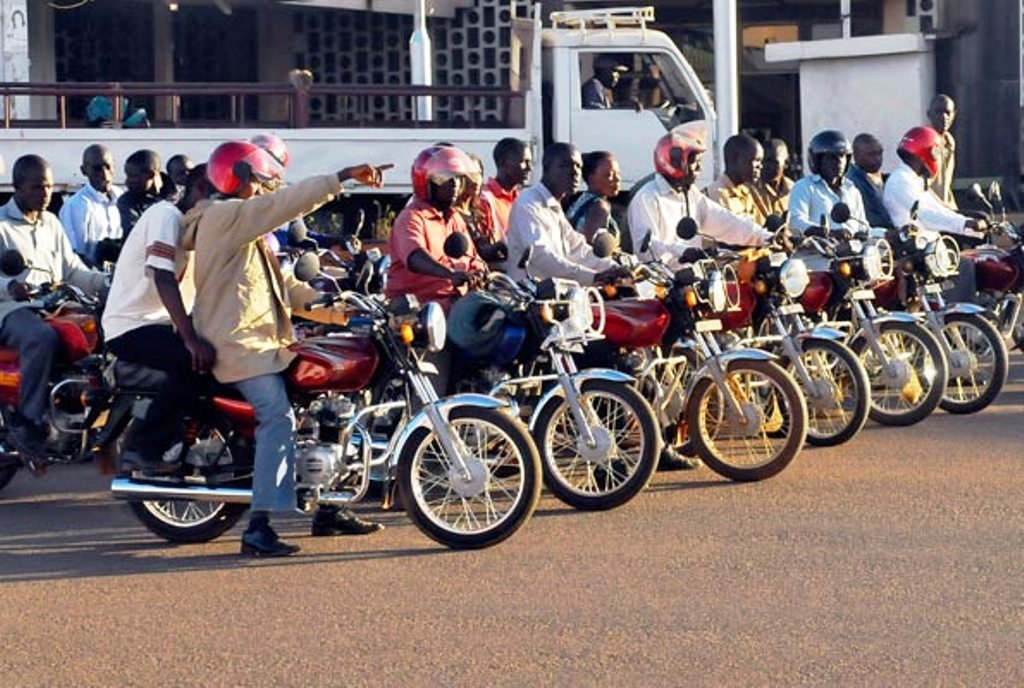Prime
Another land dispute simmers in Ngorongoro

The row appears to centre on scrambles for water and grazing resources for the herders in the drought-prone terrain. PHOTO | AFP
What you need to know:
- The row appears to centre on scrambles for water and grazing resources for the herders in the drought-prone terrain.
Arusha. For many years, it has been a row over the 1,500 square kilometre land, pitting the government over its conservation status.
Now another land row beckons at Loliondo division, Ngorongoro District in Arusha Region; this time around on a disputed boundary between two villages.
The row appears to centre on scrambles for water and grazing resources for the herders in the drought-prone terrain.
However, there are allegations that the row could have been fuelled by invasion into the area by livestock keepers from the neighbouring country.
Most concerned are residents of Kisangiro village who want the issue to be resolved amicably and within the ambit of law.
“It is a pity that this conflict has not been resolved for years despite the intervention of some top leaders,” said Nambos Bessoi, a resident of Kisangiro village.
The crux of the matter, he said, was annexation of his village’s land by people he believed were herders from Kenya who had allegedly settled at Engusero Sambu.
The annexed portion of Kisangiro land had critical sources of water which, he said, cannot now be easily accessed by his fellow villagers.
Mr Bessoi was speaking to The Citizen from Dodoma where he had gone to raise the matter with officials of various ministries.
They include the ministry of Lands, Housing and Human Settlements Development, Home Affairs and Regional Administration and Local Government (Tamisemi).
He claimed that attempts to settle the conflict had failed because of what he saw as an effort to deny his villagers their rights “at the expense of suspected invaders”.He was in the company of fellow villagers who are deeply concerned by the land crisis amid growing hostilities among some communities.
According to him, Kisangiro village is one of the oldest since the early independence days, earning full registration in 1979.
He said at one time in 2011, the village leadership contacted former Prime Minister Mizengo Pinda over the matter and responded through the Lands ministry.
In early 2013, the then Lands minister Anna Tibaijuka visited the site in the company of the ministry’s land use, legal and mapping experts.
During the visit, Kisangiro and Engusero Sambu were mentioned as among the villages that were notorious for land conflicts which at times turned deadly.
He said despite reaching out to the Ngorongoro district leaders many times, their appeal to have the matter resolved has not borne fruit.
It emerged that as recently as October last year, a team of Land Commission experts were in Loliondo to verify the boundaries of the two villages.
However, Kisangiro villagers claim that some hamlets in their village had been illegally annexed to Engusero Sambu.
“It appears that the instructions provided by Professor Tibaijuka were not followed. The village’s borders are not marked by beacons,” said another villager on condition of anonymity.
When reached for comment, officials of the vast district chiefly inhabited by livestock keepers, said they were aware of the problem.
Only as late as December 2 last year, the district commissioner convened a meeting of a village committee on the disputed Kisangiro/Engusero boundaries.
Others said the growing demand for grazing and cultivation land was the main reason behind the ongoing land conflicts in Loliondo.
Since cultivation of any kind was prohibited in the Ngorongoro division, the villagers in the Loliondo and Salle divisions were now desperate for land to farm.
Ngorongoro division also doubles at the Ngorongoro Conservation Area (NCA) where hundreds of livestock keepers are relocating to Handeni District since mid last year.
The district is also prone to land rows because of the conflicting land use such as wildlife conservation, expanding human settlements and farming activities outside the NCA.
According to Mr Bessio, the delegation from his village had an audience with the Lands minister, Dr. Angela Mabula, early this week.
“The minister tasked his officials responsible for land to work on the issue and promised to visit the area very soon,” he explained.




